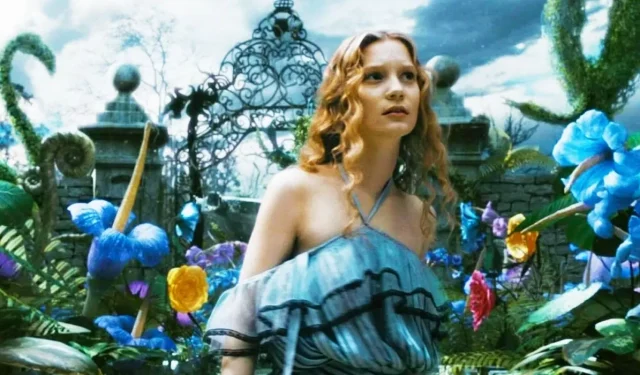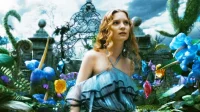Alice Through the Looking Glass is often cited as one of the most disappointing fantasy films of the 2010s, particularly when viewed as a sequel to Tim Burton’s successful 2010 Disney adaptation. Burton’s Alice in Wonderland captivated audiences worldwide and grossed over $1 billion, largely due to Burton’s distinctive approach that infused the classic Lewis Carroll tale with a unique visual style. The film, featuring Mia Wasikowska as Alice and Johnny Depp as the eccentric Mad Hatter, blended live-action with cutting-edge CGI to create an unforgettable experience.
Following the immense success of the first film, a sequel was inevitable. However, in a departure from the original, Tim Burton took a step back to serve as a producer while James Bobin took up the reins as director for Alice Through the Looking Glass. Released in 2016, this sequel had Alice embarking on a time-traveling journey to save the Mad Hatter, a narrative that unfortunately failed to resonate with audiences. The film significantly underperformed, raking in only a fraction of its predecessor’s earnings, and many critics have labeled it one of the weakest entries in contemporary fantasy cinema.
A Lackluster Sequel: Alice Through the Looking Glass
Timing and Innovation: The Success of Alice in Wonderland
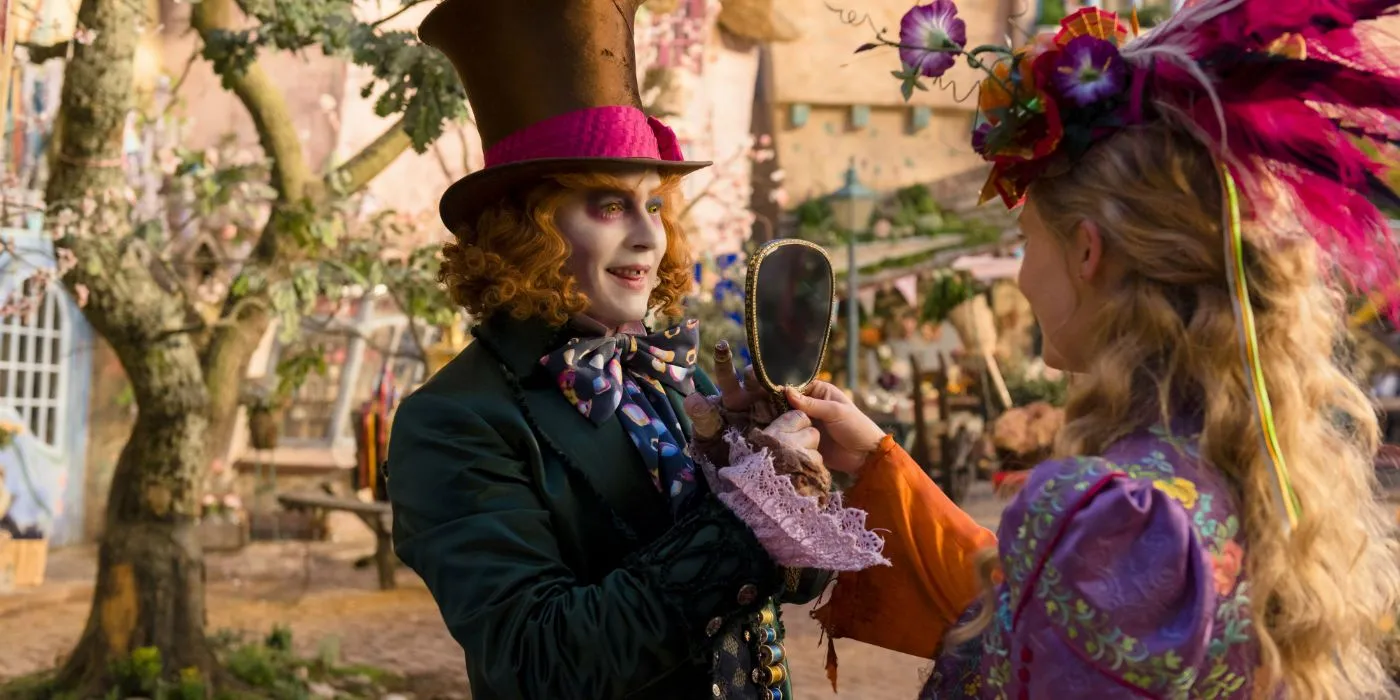
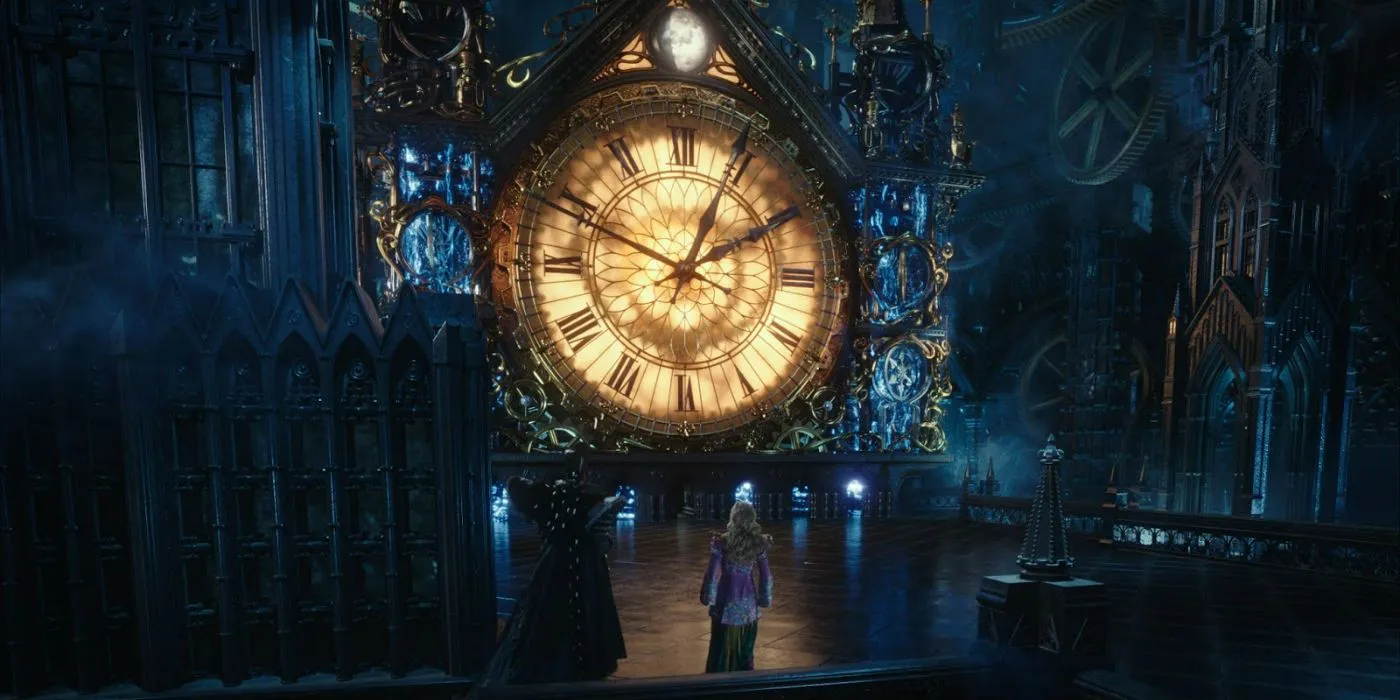
The failure of Alice Through the Looking Glass can be attributed to several factors, but primarily, it struggled to measure up to the expectations set by its predecessor. While Alice in Wonderland faced criticism for its visual effects and convoluted plot, its release coincided perfectly with the rise of 3D technology, particularly following the success of James Cameron’s Avatar. The darker and more surreal interpretation of the story resonated with a contemporary audience, offering a version of Wonderland that felt more aligned with an adult Alice’s perspective.
In contrast, the sequel’s visual effects did not have the same impact. With a budget approximately $30 million less than its predecessor, Alice Through the Looking Glass received even harsher reviews, dropping from a 50% approval rating on Rotten Tomatoes to a mere 29%. Critics found the sequel’s storyline to be lackluster, labeling it as “pointless” and driven more by a desire for profit than artistic merit. Released six years after the original, the longer gap also diminished audience enthusiasm.
|
Movie |
Budget |
Box Office |
Rotten Tomatoes Score |
|---|---|---|---|
|
Alice in Wonderland (2010) |
$200 million |
$1,025,491,110 |
50% Tomatometer |
|
Alice Through the Looking Glass (2016) |
$170 million |
$276,928,112 |
29% Tomatometer |
Box Office Disparities: Alice Through the Looking Glass vs. Its Predecessor
The Shadow of Tim Burton’s Billion-Dollar Legacy
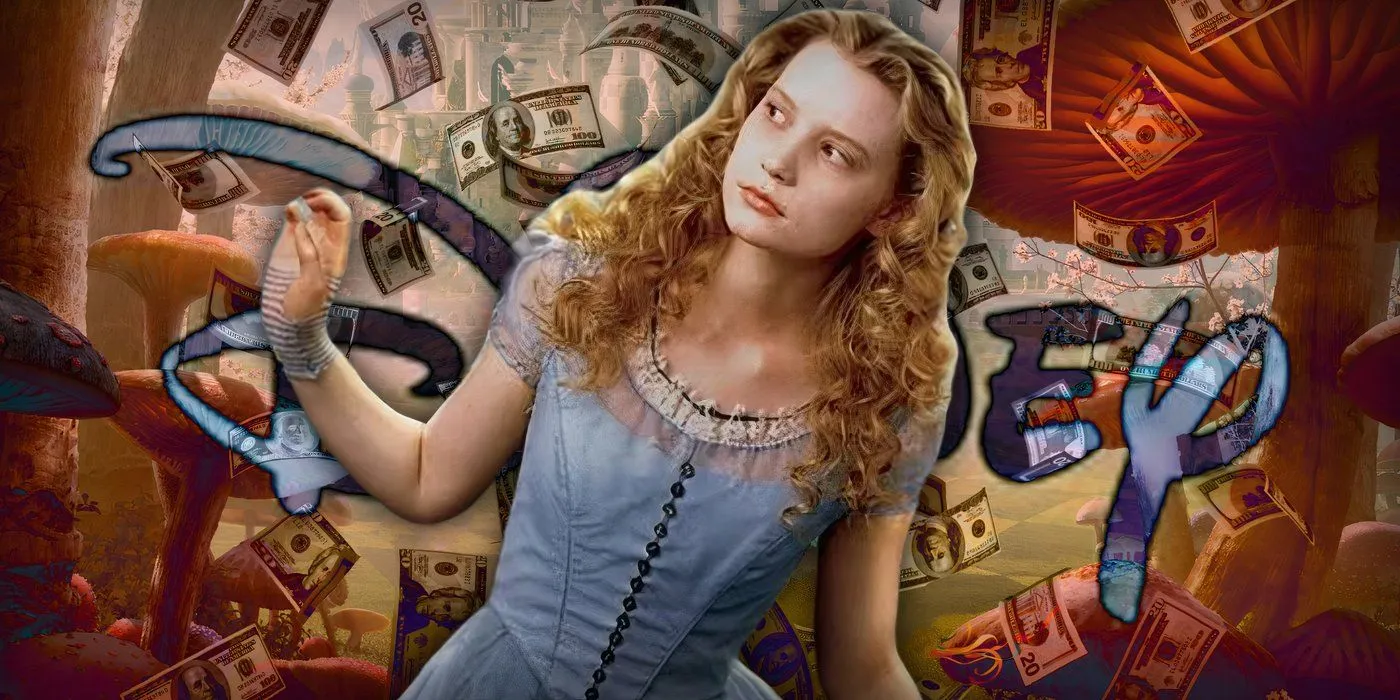
Financially, Alice Through the Looking Glass fell dramatically short of its predecessor, grossing an astounding $748,562,998 less than Alice in Wonderland. Given the minimal difference in production budget and the continuity in the main cast, this underperformance is perplexing. A crucial element contributing to this disparity is the absence of Tim Burton, whose creative vision and name recognition played a significant role in driving audiences to cinemas.
The decision to shift from Burton’s directorial control to a new director proved to be a challenge too great for Alice Through the Looking Glass to overcome. The film not only had to contend with the high bar set by its predecessor’s financial success and Rotten Tomatoes score, but it also faced the risk of being perceived as a cash grab in the wake of the original’s triumph. Consequently, the follow-up earned itself a reputation as one of the more regrettable entries in the fantasy genre of the last decade.
